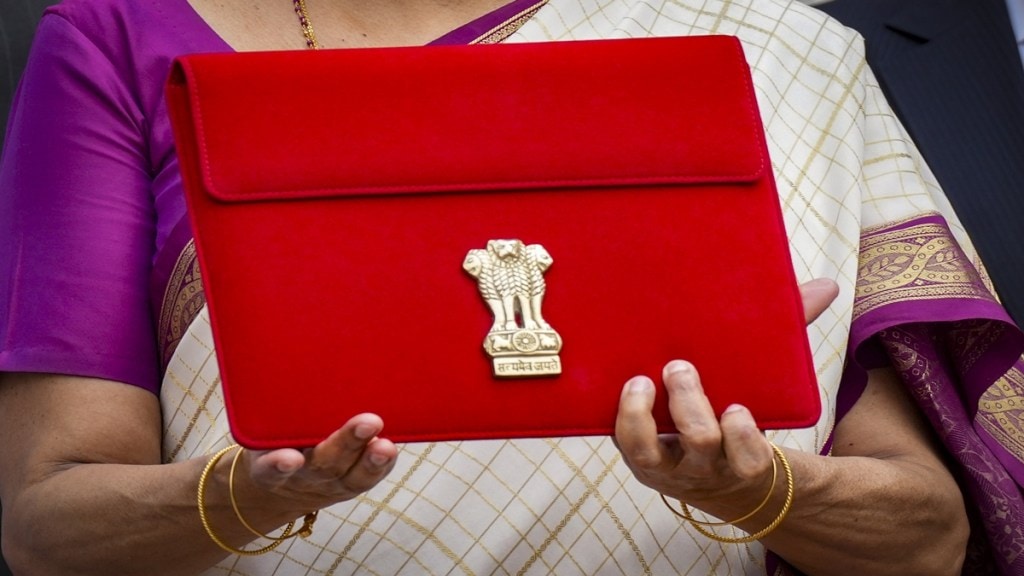By Bibek Debroy and Aditya Sinha
During the 1973 Union Budget, then-finance minister Yashwantrao Chavan lightened the mood when a pigeon disrupted proceedings, humorously noting that even pigeons were eager for the details. This anticipation continues today. However, each Budget comes with its own hits and misses and this year’s Budget is no different. Five key areas stand out, showcasing ambitious targets and innovative policies aimed at driving economic growth and addressing critical issues.
First, the Union government has lowered its fiscal deficit target for FY25 to 4.9% of GDP, down from the 5.1% target set in the interim Budget. This is crucial for maintaining fiscal discipline and bolstering investor confidence. Sticking to this glide path is essential to reduce the fiscal deficit to 4.5% or less by FY26, ensuring macroeconomic stability, attracting foreign investment, and potentially securing a sovereign rating upgrade.
Second, the government, while acknowledging the employment issue, has announced a comprehensive package for employment and skilling, targeting 4.1 crore youth with a central outlay of Rs 2 trillion over five years. This includes various schemes like Employment Linked Incentive, support to first-time employees, incentives for manufacturing job creation, and support to employers. Additionally, a new centrally-sponsored scheme for skilling, in collaboration with state governments and industries, is expected to benefit 20 lakh youth over five years.
Third, the Budget pays special attention to micro, small, and medium enterprises (MSMEs), particularly in manufacturing. Measures include a credit guarantee scheme, a new assessment model for MSME credit, financial support during stress, and enhanced scope for mandatory onboarding in the Trade Receivables Discounting System. The new assessment model for MSME credit will leverage digital footprints to better evaluate creditworthiness, expanding access to financing. This approach moves beyond traditional asset- or turnover-based criteria, allowing more MSMEs, including those without formal accounting systems, to obtain funds. Improved risk assessment will reduce default rates, supporting financial stability.
Fourth, the Budget outlines strategies for energy security, including the PM Surya Ghar Muft Bijli Yojana for rooftop solar installations, a policy for promoting pumped storage projects for electricity, and R&D in nuclear energy. The development of advanced ultra-super critical thermal power plants and support for traditional industries to shift to cleaner energy forms are also highlighted. These measures aim to ensure sustainable energy availability.
Fifth, the Budget emphasises next-generation reforms across various factors of production, including land, labour, capital, and entrepreneurship. Key reforms include land-related actions for digitisation and improved land management, labour-related services integration, and capital-related financial sector strategy. These reforms are designed to enhance productivity, efficiency, and competitiveness.
However, the Budget has two significant misses. The first is the hike in the long-term capital gains (LTCG) tax from 10% to 12.5% on all financial and non-financial assets. This increase can deter long-term investments by reducing potential returns, making it less attractive for investors to commit their funds for extended periods. In principle, it also leads to a hike in cost of capital. Moreover, this may lead investors to hold on to underperforming assets to avoid the tax hit, distorting investment decisions and potentially reducing market efficiency. While Securities and Exchange Board of India and Reserve Bank of India have raised concerns about the surge of money from banks into the stock market and mutual funds, increasing the LTCG might be counterproductive in the larger scheme of things.
The second significant miss is the proposal to withdraw the benefit of indexation for calculating LTCG on the resale of houses and properties. While the LTCG tax rate on property sales is being lowered from 20% to 12.5%, the removal of the Cost Inflation Index adjustment increases the net tax liability. This move may stifle investment in the sector.
(Bibek Debroy is the chairman at EAC-PM. Aditya Sinah is the OSD, research at EAC-PM. Views expressed are personal.)

